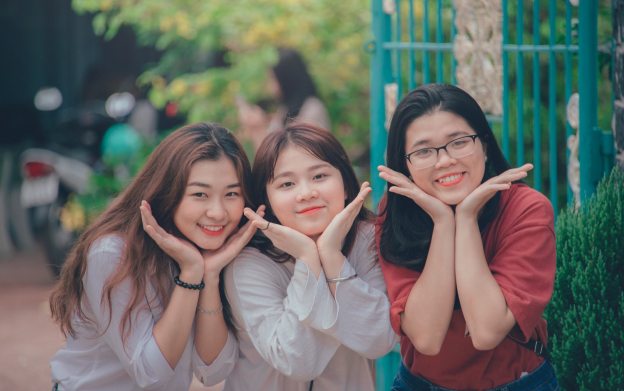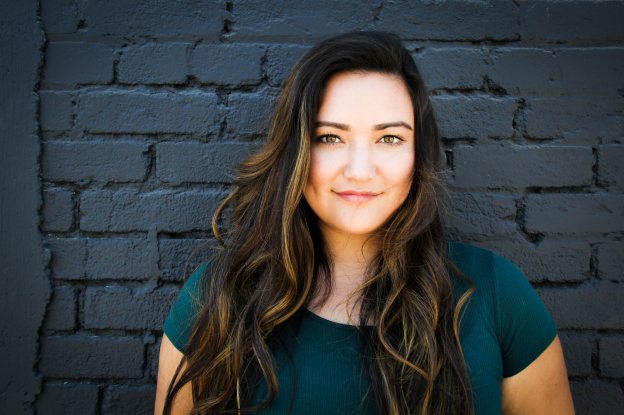In an age where youthfulness is celebrated and sought after, the quest for eternal youth has taken on many forms. While some opt for surgical procedures to turn back the clock, there is a growing trend towards noninvasive treatments and age-defying products that promise to achieve similar results without going under the knife. The secret to looking younger without surgery lies in the power of these noninvasive options, which have gained popularity for their effectiveness and minimal downtime.
The Appeal of Noninvasive Treatments
Noninvasive treatments have become increasingly popular for several reasons. First and foremost, they offer a safer alternative to surgical procedures. Going under the knife carries inherent risks, including infection, scarring, and anesthesia-related complications. Noninvasive treatments, on the other hand, typically involve minimal or no downtime, reducing the chances of post-procedure complications.
Another compelling reason behind the surge in noninvasive treatments is the desire for natural-looking results. Many people wish to look younger but fear the “plastic” or overdone appearance that can sometimes accompany surgical interventions. Noninvasive treatments tend to produce subtle, gradual improvements, allowing individuals to maintain their unique features while turning back the clock.
The Noninvasive Arsenal: A Range of Options
The world of noninvasive treatments is diverse and continually evolving, offering a wide range of options to address various aging concerns. Here are some of the most popular noninvasive treatments:
1. Dermal Fillers: Injectable dermal fillers like hyaluronic acid-based products (e.g., Juvederm and Restylane) can plump sagging skin, smooth out wrinkles, and restore volume to areas such as the cheeks and lips.
2. Botox and Dysport: Botulinum toxin injections (Botox and Dysport) relax facial muscles, reducing the appearance of dynamic wrinkles such as crow’s feet and frown lines.
3. Laser and Light Therapies: Various laser and light-based treatments, like IPL (Intense Pulsed Light) and fractional laser, can improve skin texture, tone, and pigmentation issues, reducing the signs of aging.
4. Chemical Peels: Chemical peels exfoliate the skin’s outer layer, helping to minimize fine lines, wrinkles, and age spots while promoting collagen production.
5. Microdermabrasion: This procedure uses tiny crystals or a diamond-tipped wand to remove dead skin cells, improving skin texture and revealing a youthful glow.
6. Ultherapy: A noninvasive facelift alternative, Ultherapy uses ultrasound energy to stimulate collagen production and tighten the skin.
7. Radiofrequency (RF) Treatments: RF treatments like Thermage and Venus Freeze can tighten loose skin and stimulate collagen production, resulting in a more youthful appearance.
8. Platelet-Rich Plasma (PRP) Therapy: PRP treatments involve injecting your platelet-rich plasma to stimulate collagen and elastin production, promoting skin rejuvenation.
Age-Defying Products: The Importance of Skincare
Noninvasive treatments are undoubtedly effective, but their results can be optimized and maintained through a consistent skincare routine. Age-defying products have come a long way in recent years, with advancements in ingredients and formulations that can significantly benefit your skin. Here are some essential age-defying products to incorporate into your skincare regimen:
1. Sunscreen: Protecting your skin from UV damage is crucial to prevent premature aging. Use a broad-spectrum sunscreen with SPF 30 or higher every day.
2. Retinoids: Retinoids, such as retinol and prescription-strength tretinoin, promote collagen production and help reduce fine lines and wrinkles.
3. Antioxidants: Products containing antioxidants like vitamin C can help combat free radical damage and brighten the skin.
4. Hyaluronic Acid: This hydrating ingredient can plump the skin, reducing the appearance of fine lines and creating a smoother complexion.
5. Peptides: Peptide-rich products can support collagen production, making your skin firmer and more youthful.
The Secret: A Holistic Approach
The secret to looking younger without surgery lies in adopting a holistic approach to skincare and anti-aging. While noninvasive treatments can provide noticeable results, they are most effective when combined with a healthy lifestyle and proper skincare. This includes staying hydrated, eating a balanced diet rich in antioxidants, getting regular exercise, and managing stress.
Consulting with a board-certified dermatologist or skincare professional is essential to create a personalized plan tailored to your unique needs and goals. They can help you choose the most suitable noninvasive treatments and age-defying products to achieve the youthful appearance you desire.
In conclusion, the quest for youthfulness need not involve invasive surgical procedures. Noninvasive treatments and age-defying products offer a safe, effective, and natural-looking way to turn back the clock. By taking a holistic approach to anti-aging, you can unlock the secret to looking younger without surgery and enjoy a more youthful, confident you.








